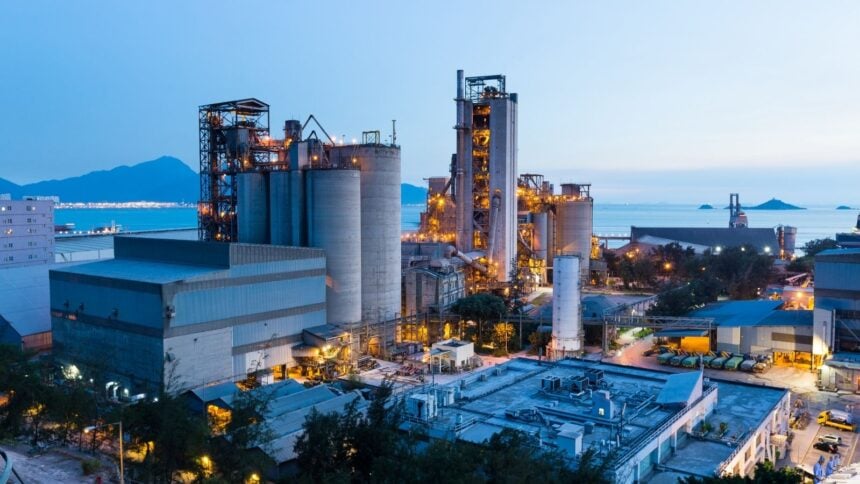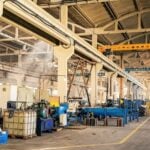Canada’s manufacturing heartland is staring at a turbulent few quarters as the United States escalates tariffs on key industrial inputs and finished goods.
The White House has moved to a 50% tariff on steel and aluminum under Section 232, a sharp jump that threatens margins for fabricators in southern Ontario and aluminum smelters in Quebec while complicating capital spending plans across the border.
With the first formal review of the U.S.-Mexico Canada Agreement scheduled for 2026, companies are asking for a clear roadmap before they commit to new hiring or equipment.
The metal measures are already reshaping contract talks and procurement. The administration’s step up to 50% on steel and aluminum took effect in early June and is filtering into quotes for everything from rebar to auto sheet.
Ottawa has dialed back many of its own retaliatory actions to reduce consumer price pressure, yet it kept countermeasures in place on U.S. steel, aluminum, and autos, creating a 2 way squeeze for integrated North American supply chains.
Lumber adds another cost layer. U.S. final determinations this summer set new anti-dumping rates ranging roughly from 9.65% to 35.53% and countervailing duties between about 12.12% and 16.82% on Canadian softwood lumber.
The timing matters for builders and retailers heading into the winter construction lull and spring restocking. Government notices indicate the anti-dumping rates took effect on July 29 and the countervailing rates on August 12 when they were published in the Federal Register.
Producers in Quebec and Ontario that supply trusses, panels, and finished wood products face higher working capital needs as duties accrue at the border.
A new 25% tariff on imported medium and heavy duty trucks is set to begin November 1. Mexico is the largest truck supplier to the U.S., but the sector is tightly linked to parts makers and assembly operations in Ontario.
Any diversion of production, or attempts to reengineer supply routes, could ripple through logistics networks that already contend with higher steel and aluminum costs.
Prime Minister Mark Carney is in Washington this week for meetings aimed at easing sector specific pressure points and resetting tone after months of friction.
Expectations for a sweeping breakthrough are low, though even incremental relief on exclusions or licensing could move sentiment for manufacturers and construction names.
The government recently unveiled a targeted tariff relief program for B.C. small businesses even as it maintains countermeasures in strategic sectors.
Earlier in September, Carney hits pause on EV mandate, a move that industry groups read as recognition that trade frictions are altering cost curves. For a sense of the longer game, see what Carney’s project picks reveal about his economic strategy.
Quebec and Ontario the immediate task is hedging exposure through the winter that means revisiting surcharge schedules tied to published steel and aluminum indexes, negotiating pass-through clauses with large customers, and reviewing inventory strategies ahead of spring building season when lumber demand resets.
Companies should track any product specific exclusion processes that emerge from Washington or Ottawa. Exclusions during past tariff cycles have been unpredictable, yet they provided crucial breathing room for mid-sized firms that could document supply constraints.




















